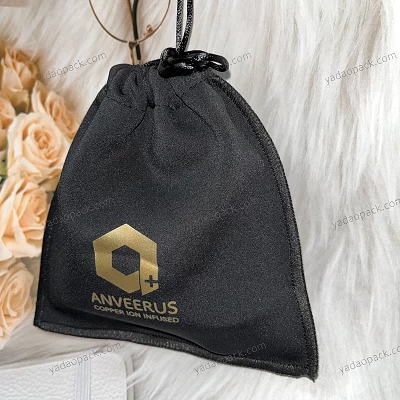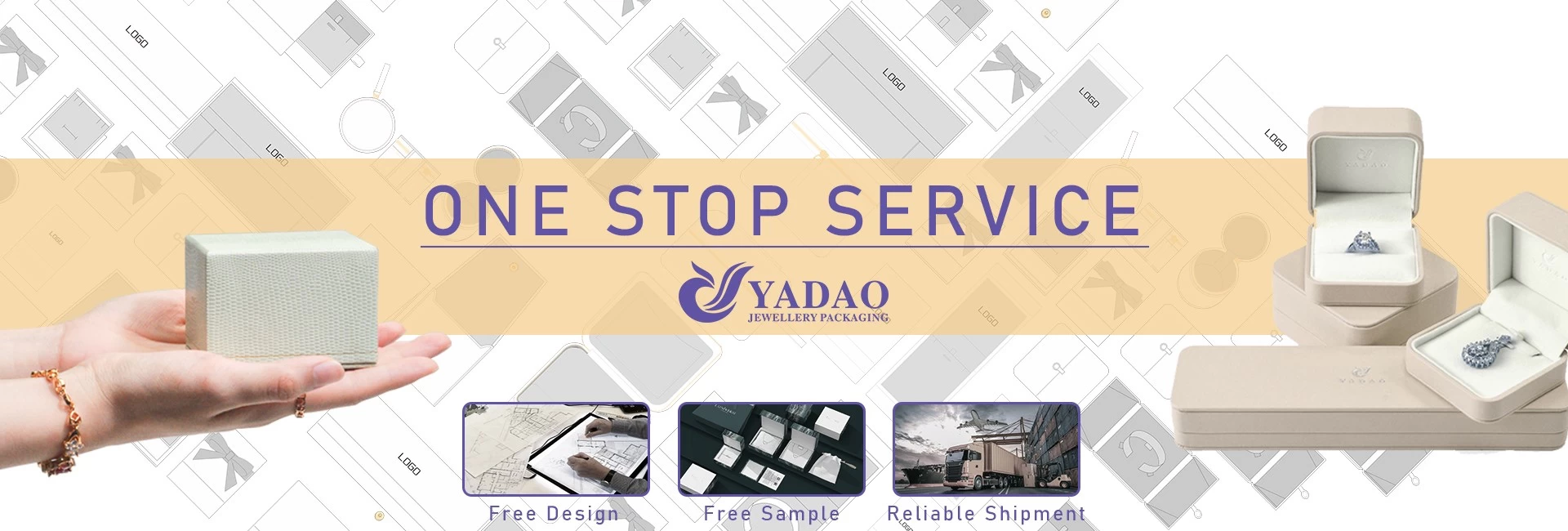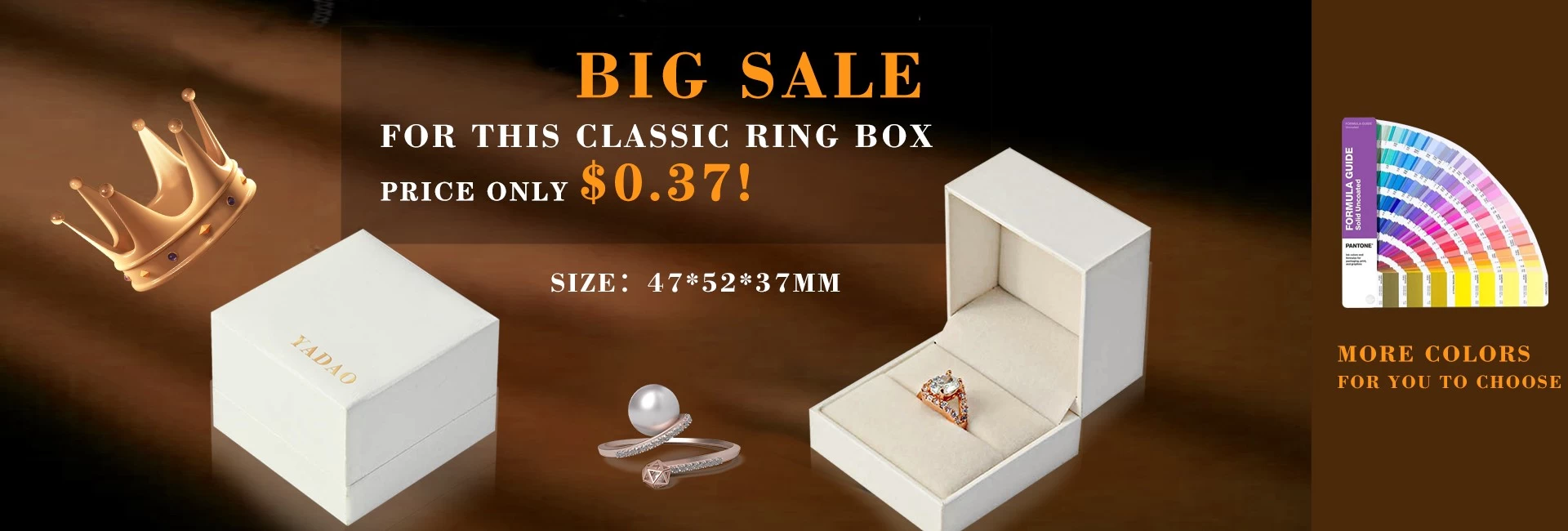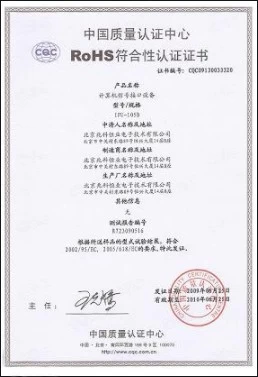How to identify natural and synthetic precious stones?
How to identify natural and synthetic precious stones?
Natural gems are often much more precious than synthetic gems, so being able to identify them correctly is a great skill. One of the best ways to say if a precious stone is natural or synthetic is to pay attention to the type and variety of its inclusions. Some types of inclusions are more common in natural precious stones than similar synthetic precious stones. For example, needles, clouds, liquids and crystals are commonly found in natural precious stones.
The synthetic gems generally included specific inclusions for how they were grown. These characteristics include the translucent color with opaque, roughness and a reticulate appearance, which contrasts with natural "digital, transparent and localized" fingerprints "inclusions. For example, the co-solvents with a white-white white to white to yellowish white appearance are commonly found in precious stones synthesized by the flow.
Investigate inclusions in a variety of lighting environments, including: luminous field, dark field, polarized light and fiber optic lighting. You will discover how precious stones respond to the paths controlled by the light, revealing valuable information on inclusions. Each type of light can generate new information and help you discover information that you may have lost when using a lighting environment.
The display of a gem through the maximum magnifying glass of the microscope will first see the facets of the table and therefore in the lower part of the gem (which often gives you an excellent view of inclusions).
You can shake and tilt the precious stone to see it from different angles.













